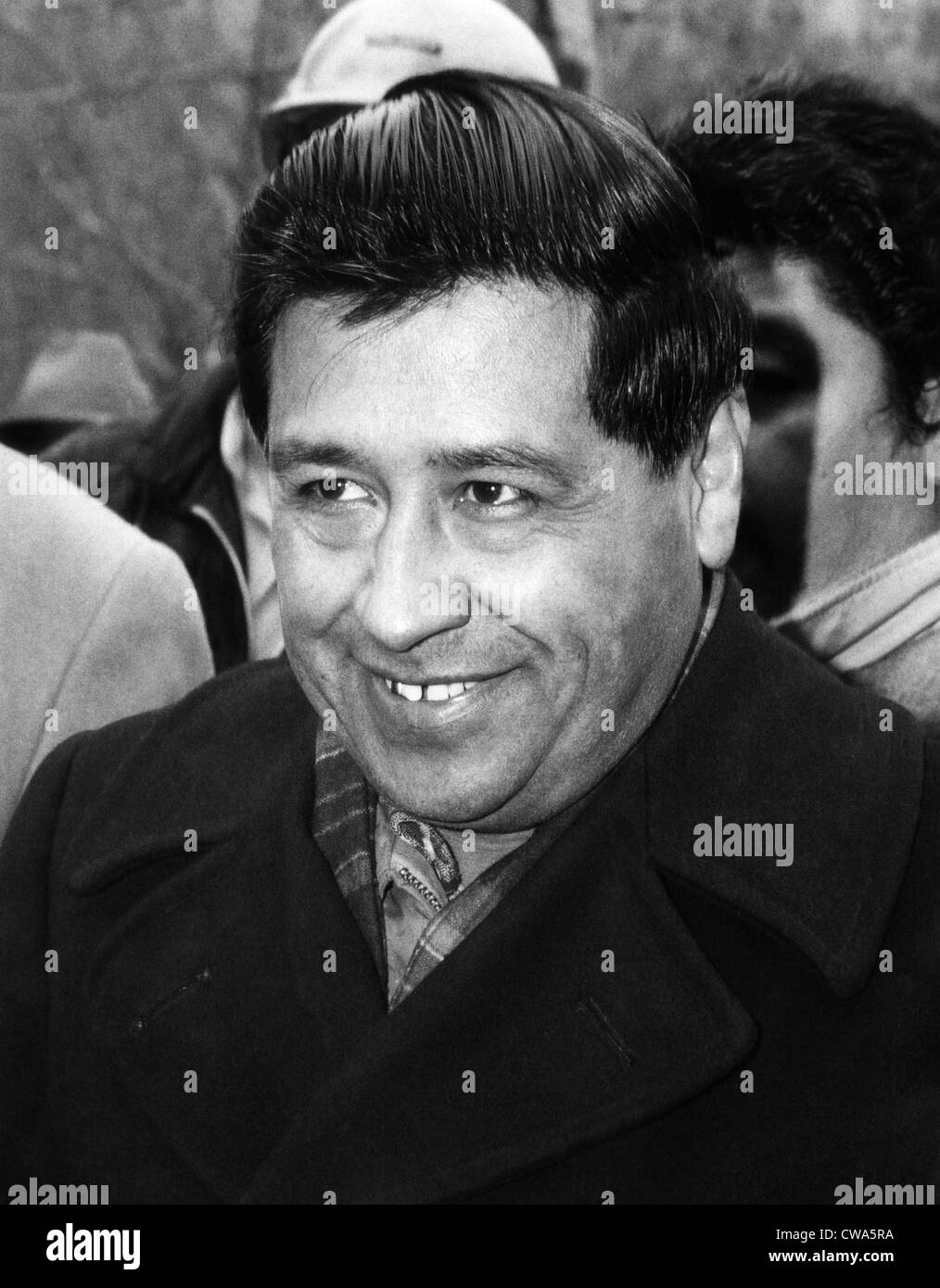

Not a year had passed since Martin Luther King Jr.’s march from Selma to Montgomery, Alabama and the first major urban riots of the 1960s in Watts, California.įifty years have passed since the march brought international attention to the plight of California’s farmworkers, the NFWA (reconstituted in 1972 as the United Farm Workers Union), and Chavez. In January, fire bombings organized by the Ku Klux Klan in Mississippi killed civil rights leader Vernon Dahmer. On March 25, as the marchers walked through the California spring, hundreds of thousands demonstrated in dozens of US cities in the largest protests to date against the US war in Vietnam, which President Lyndon Johnson pledged to intensify in his state of the union address earlier that year. The “March to Sacramento” took place in the context of the emerging radicalization of the working class, students, and sections of the middle class in the United States and internationally. When marchers reached the state capital, Democratic Governor Pat Brown refused to grant them an audience. The marchers walked through 33 cities despite police harassment, and gathered strength and international attention as farmworkers and students joined the march along the way.

The demonstration was launched by the National Farm Workers Association (NFWA) at the behest of its leader, Cesar Chavez, to call attention to an ongoing strike of 2,000 workers against planters in the southern San Joaquin Valley.

On April 10, 1966, a crowd of 8,000 farmworkers and their supporters crossed Tower Bridge in Sacramento, California to mark the last leg of a 340-mile march north from the Southern Central Valley town of Delano. This the first of a two-part article on Cesar Chavez and the United Farm Workers Union.


 0 kommentar(er)
0 kommentar(er)
